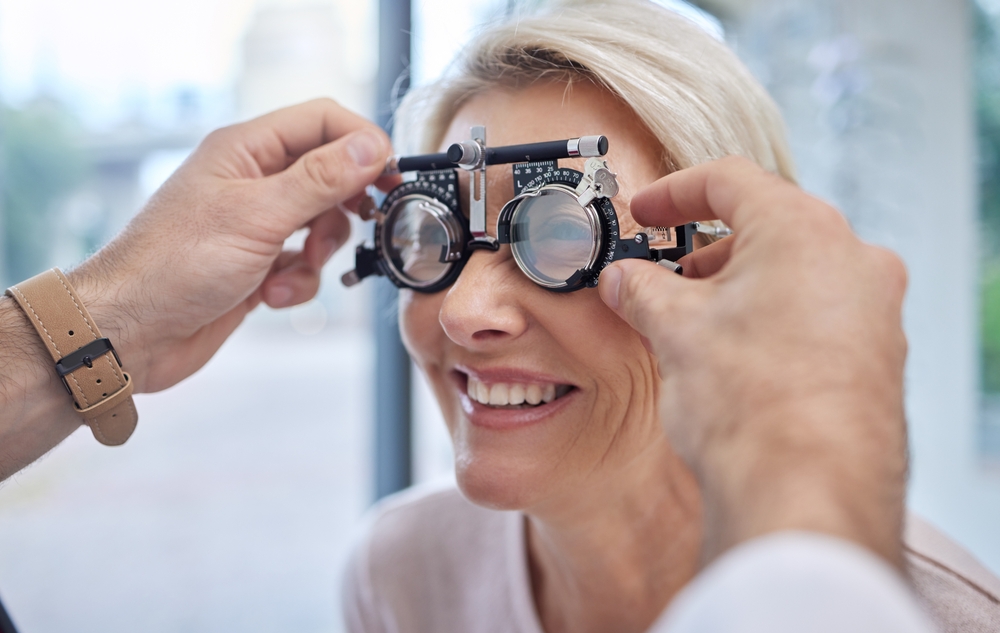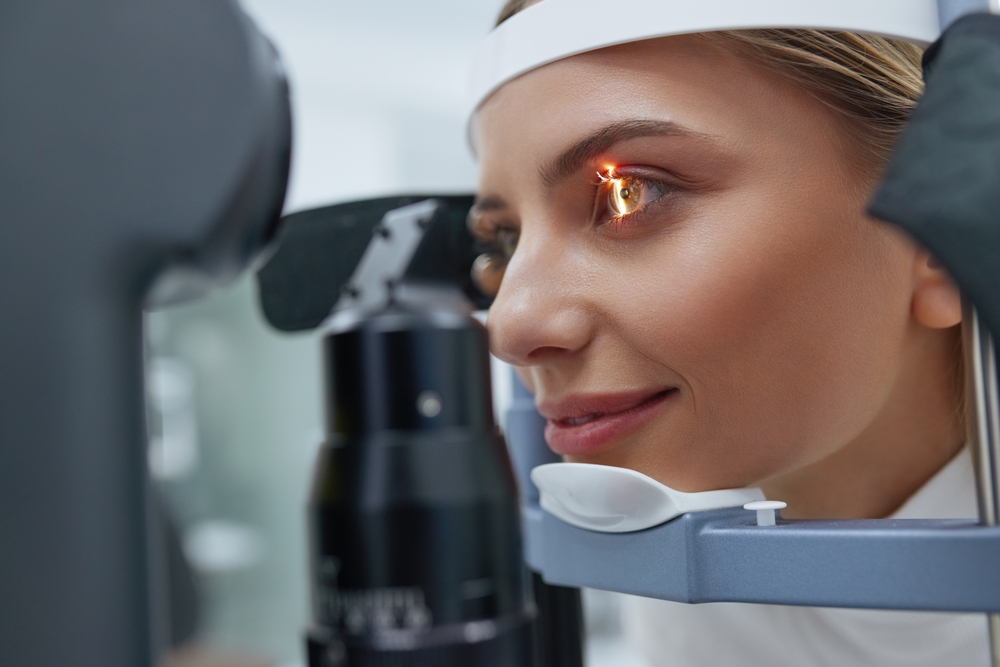Why Are Eye Exams Important for Adults Over Fifty?
May 15, 2024
Many people over fifty start to notice changes to their vision. You may find that you don’t see as well in low light or that you need reading glasses.
While you might be able to adapt to these age-related changes with better lighting and drugstore readers. You should also see an eye doctor once a year to ensure that vision changes aren’t a sign of a serious but treatable health condition.
Experts recommend that people over fifty see an eye doctor once a year, even if they don’t need prescription glasses or contacts. Seeing an eye doctor is like getting a routine physical for your eyes.
Keep reading to learn why eye exams are important for adults over fifty!
Detect Age-Related Vision Changes
Eye exams are an opportunity to address age-related vision changes. Many people begin developing presbyopia in their forties and fifties.
This occurs because the lens of your eye becomes less flexible over time. This makes it harder for your eye to focus, particularly on close-up objects or text. 
You might notice that you need to hold printed materials far away from your face to see them clearly. The onset of presbyopia is often when people need to use reading glasses or switch from monofocal to bifocal lenses.
Your eye doctor can ensure that you have the right glasses to meet your eyes’ changing needs during your annual eye exam. You can expect your eye doctor to perform vision tests, including:
Visual Acuity
Vision testing checks how well you can see. You will wear your glasses or contacts during this exam so your eye doctor can assess whether they’re the right prescription.
During the exam, you’ll cover one eye at a time and read a letter chart. Your doctor will also have you move your eyes in different directions to check your peripheral vision and make sure your eye muscles are responding properly.
Glasses Prescription
Refraction is the process of determining what level of correction you need from glasses or contacts. This is the exam where you look through different lens powers and decide which gives you the clearest vision.
Check For Age-Related Eye Health Risks
 Growing older means that your risk of certain eye conditions increases. Many of these conditions don’t cause symptoms during the early stages, so you may not know anything is wrong. Eye exams can detect the earliest signs of health conditions so you can get treatment right away.
Growing older means that your risk of certain eye conditions increases. Many of these conditions don’t cause symptoms during the early stages, so you may not know anything is wrong. Eye exams can detect the earliest signs of health conditions so you can get treatment right away.
If you wait until you notice vision changes, treatment may only be able to slow progress, not reverse vision issues. To detect health conditions, your eye doctor will perform a dilated eye exam.
This part of the exam allows your eye doctor to examine all the parts of your eyes. Your eye doctor will give you special drops to dilate your pupils, which will make it easier to see the inner structures of the eye.
Using lights and specialized instruments, your eye doctor looks for physical changes to the eye that might indicate conditions that are more prevalent in people over fifty, including:
Age-related macular degeneration (AMD)
Macular degeneration occurs when a section of the retina called the macula develops abnormal protein deposits, which is dry macular degeneration, or when it develops abnormal blood vessels, which is wet macular degeneration. The condition causes deterioration of the central vision, making it difficult to see objects directly in front of you.
Your risk of AMD is higher if you have a family history of the condition. Treatment can slow the progression of AMD.
Diabetic Retinopathy
Anyone with diabetes can develop diabetic retinopathy. It affects people with both Type 1 and Type 2 diabetes.
The risk increases the longer you have had diabetes. With diabetic retinopathy, excess blood sugar causes damage to the tiny blood vessels in the retina.
Your eye doctor can identify signs of diabetic retinopathy so you can make appropriate changes to your diet. Managing blood sugar can reduce your risk of developing diabetic retinopathy or slow its progression in the early stages.
Cataracts
Cataracts are a clouding of the eye’s lens. They cause blurry or hazy vision, and they can get slowly worse over time. 
While symptoms are mild, you can manage cataracts with glasses or contacts, as well as using brighter lighting and other accommodations. The only treatment for cataracts is surgery.
Your eye doctor can monitor the progress of cataracts and help you decide when surgery is necessary.
Glaucoma
Glaucoma is caused by excessive fluid, which causes pressure inside the eye. Untreated glaucoma can lead to vision loss and blindness. Most people with glaucoma never have symptoms, so eye exams are the best way to detect the condition.
Glaucoma can be treated with prescription eye drops or surgery. In addition to these serious conditions, you may have other age-related changes to your eyes.
Dry eyes or watery eyes are common in people over fifty, which can lead to irritation on the surface of the eye. Your eye doctor can recommend over-the-counter lubricating eye drops to manage symptoms.
Are you over fifty and due for an eye exam? Schedule an appointment at Carroll Vision Center in Westminster, MD, today!



